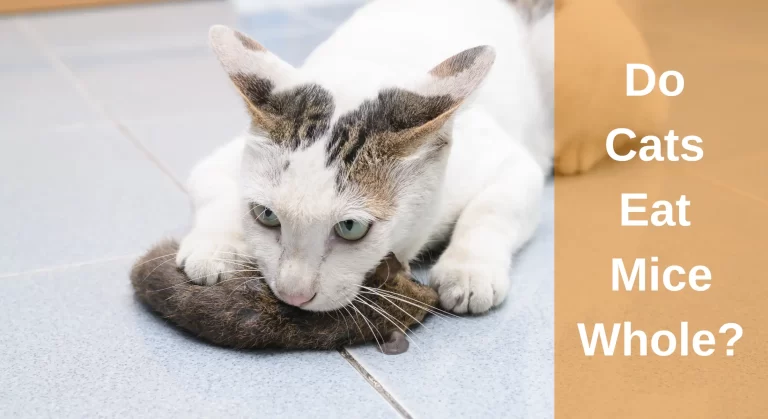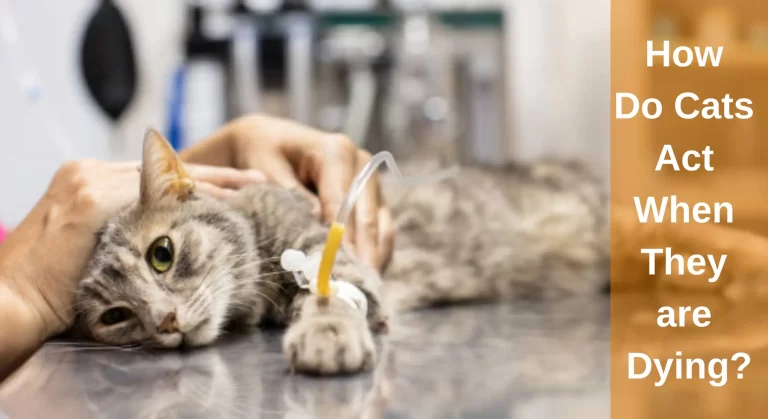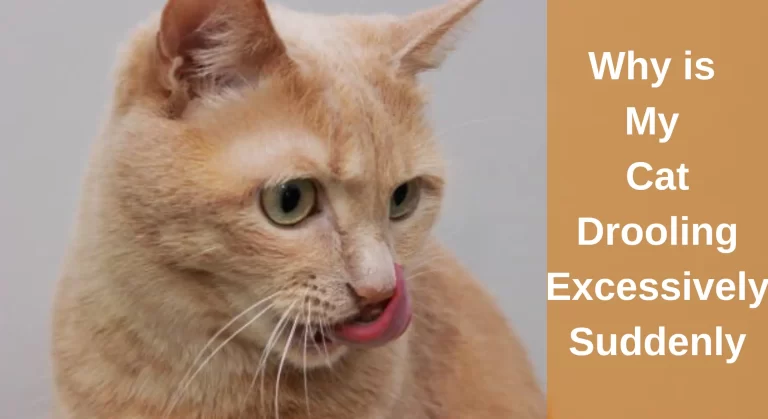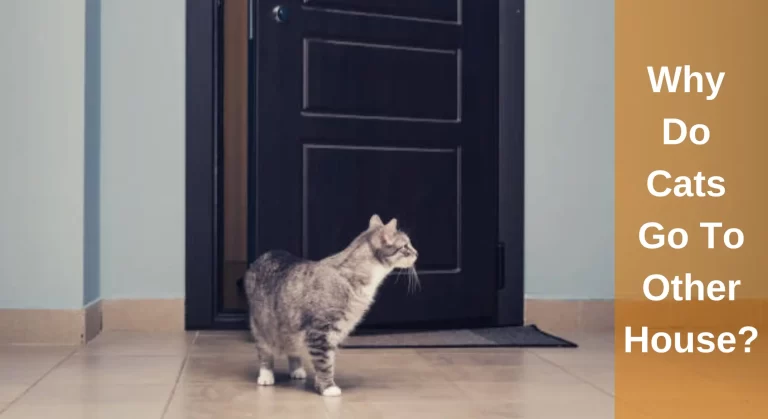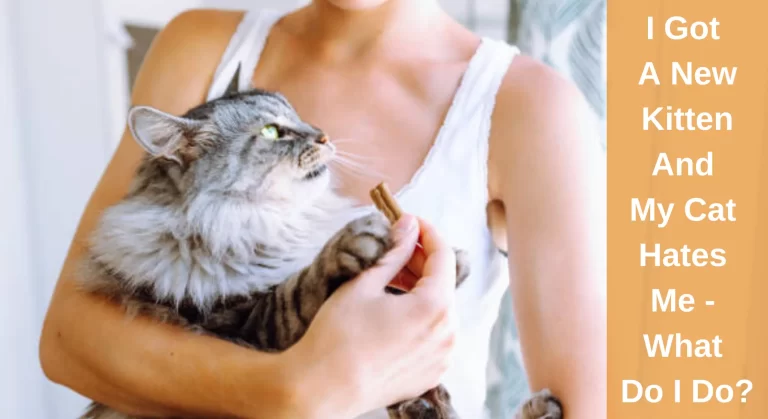My Cat Is Eating And Drinking But Not Peeing Why? How to Help
Owning a cat is a huge responsibility. Cat parents closely monitor their pet’s eating, drinking and bathroom habits. If you notice your cat is eating and drinking but not peeing, don’t take the matter lightly, as there is probably a urinary problem that needs to be addressed by the vet.
This article is all about the possible reasons your feline is not peeing and how to help it out.
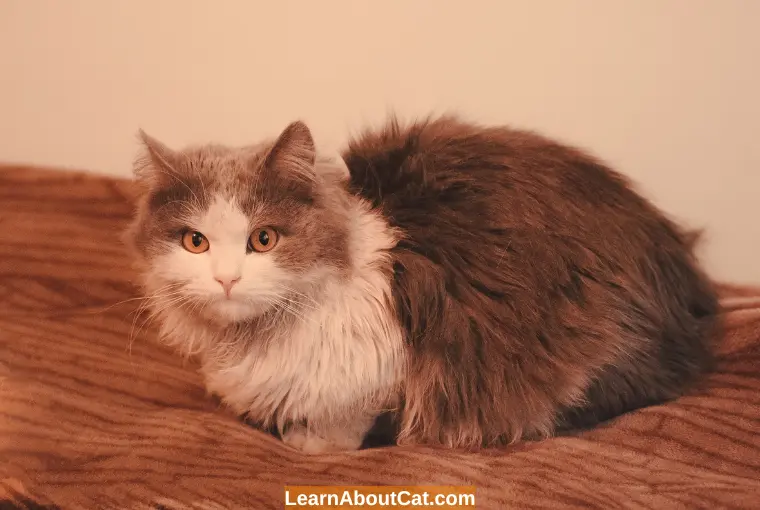
How Long Can a Cat Go Without Urinating and How to Help? / When Should I Worry About My Cat Not Peeing?
Before talking about what’s not working and why we need to know what is normal, generally speaking, cats pee twice a day. However, this depends largely on many factors, such as the temperature in your house, how much your cat hydrates, whether it takes wet food or dry food and its weight, size, breed and age.
For example, a cat that drinks water or eats canned food will use the litter box way more than a cat on kibble. So it is vital to observe what is normal for your cat. Once you know the normal, noticing any deviations from it, like peeing too much or too little, can timely alarm you of something that may be wrong.
Generally speaking, cats who haven’t peed in over 24 hours can get very ill and need to be rushed to the vet immediately. This is because toxins accumulate in your pet’s little body and, without being excreted, can be detrimental to your feline.
Also Read: Cat Not Eating or Drinking- How Long Can a Cat Survive?
Why Is My Cat Eating & Drinking But Not Peeing?
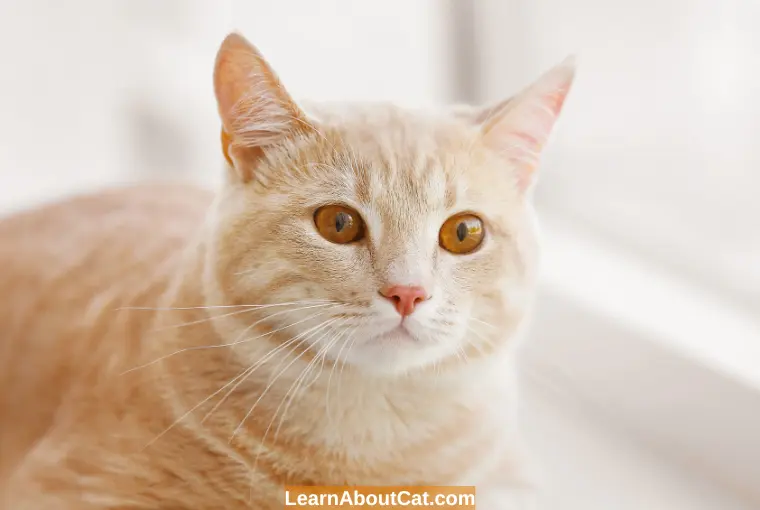
If your cat seems otherwise normal, but you do not notice any urine output, call your vet immediately, as this can get life-threatening after 48 hours. Infection or blockage in the urinary system is the main cause of this.
The following are some of the most common conditions that cause this issue:
1. Urinary Tract Infections (UTIs)
This occurs when bacteria (especially e.coli) enter your feline’s urinary tract and cause inflammation and infection, which can cause urethral spasms or swelling, effectively blocking the tract. UTIs are one of the most common feline lower urinary tract diseases (FLUTD). It exhibits the following symptoms:
- Urinating outside of the litter box
- Avoiding the litter box
- Blood in urine
- Straining to pee
- Crying out loudly or meowing in pain while attempting to pee
- Constantly grooming their private areas
If your vet diagnoses a UTI, they will prescribe antibiotics to fight the infection.
2. Feline Idiopathic Cystitis
Feline Idiopathic Cystitis, or FIC, is the inflammation of the urinary tract with no known cause. It is a diagnosis of exclusion, which means your vet will assess your pet for every other urinary tract disease before coming to the conclusion that your cat has FIC. It is the most common feline lower urinary tract disease (FLUTD). Some common symptoms include:
- Blood in your feline’s urine or litter
- Not using the litter box when peeing
- Experiencing pain while peeing
- Obsessively grooming of genital areas
Feline Idiopathic Cystitis can get so severe that it can cause complete urinary tract obstruction. In this case, it becomes a medical emergency.
This condition is more prevalent in male cats due to the increased length of their urethra. This disorder is easily manageable by lifestyle modification, i.e., drinking more water and change of diet, as well as managing your feline’s stress levels. This can be achieved by the following:
- Spending more time with your animal companion
- Removing any stress-triggering factors
- Adding a spoonful of tuna or chicken broth to their water
- Purchasing a cat water fountain
- Switching from kibble to canned food
3. Bladder Stones
Bladder stones are formed when minerals in the urine condense and form rock-like crystals in your feline’s bladder. They typically develop as a result of inflammation of the urinary bladder. Stone formation varies in size and time taken. Some form in days, while others take months to develop.
The telltale sign of bladder stones is noticing blood in your feline’s urine or litter box. This is due to the sharp nature of the stones that injure the internal bladder wall. The irritation and inflammation can make it difficult for your pet to pee. If the stones are small, they can pass through the urethra during urination, although this will cause your feline a lot of pain. If the stone completely blocks the bladder valve or passes into the urethra, it becomes an obstruction, which is a medical emergency.
In most cases, surgery is required to remove the stone. Cystostomy is the surgical opening of the bladder and removal of these stones. It results in instant relief, and most cats make a full recovery in two weeks.
4. Bladder Tumors
Cancer manifests according to its position in the body. If your feline develops a tumour in its urinary bladder, it can obstruct the opening of the urethra, causing retention of urine and inability to pee. The most common place cancer can form in the urinary tract is the bladder, although bladder cancer, in general, is very rare. Transitional cell carcinoma (TTC) is the most common type, and it is an aggressive disease. Because cancer spreads fast, look out for the following symptoms:
- Lethargy
- Weakness
- Loss of appetite
- Weight loss
- Breathing difficulties
- Abdominal swelling
- Making painful noises while urinating
Cats with bladder cancer can get their tumour surgically removed. However, the area of the tumour determines if surgery is a possibility. Surgery is not performed if the tumour is found in vital structures like the ureters or urethra. Chemotherapy is an option, although only 20 per cent of felines respond to it. Radiation has proved to be the most effective out of all three options. Unfortunately, bladder cancer cannot be cured.
Check Out: Why is My Cat Drinking a Lot of Water and Meowing?
What Can I Do to Help if My Cat is Having Problems Urinating or Can’t Pee?

You should take your furry friend to the vet if they are not peeing, as this is a medical emergency. With this stated, here are some things you can do to help your pet:
1. Try to make Water Appealing
Make water more inviting by buying a cat water fountain; cats prefer rushing water over stagnant water. Additionally, you must relocate their water supply far from their food bowl and litter box. You can try adding a spoonful of tuna or chicken broth to attract them towards the water bowl. Cats who drink more water have a reduced risk of developing stones.
2. Switch to Canned Food
Cats are not good at drinking water, so adding hydration to their food can help them pee. While kibble is only 10% water, wet canned food contains around 80% water.
3. Medicines
There are medications which make your cat drink more water and urinate more often as a side effect, although all drugs should be discussed with your vet prior to administering them.
Frequently Asked Questions
The Bottom Line on My Cat Is Eating And Drinking But Not Peeing
If your cat hasn’t peed for a few hours, there are some ways you can increase your pet’s water intake, like adding tuna or chicken broth to water or buying a water fountain. However, if your cat hasn’t peed in 24 hours, you should rush to the vet, as not urinating for over 24 hours is life-threatening for cats.
Who is Isabella?
My name is Isabella, and I am a dedicated and knowledgeable cat enthusiast. With years of experience caring for cats and a deep love for felines, I made a mission to help other cat lovers navigate the challenges of cat ownership.

